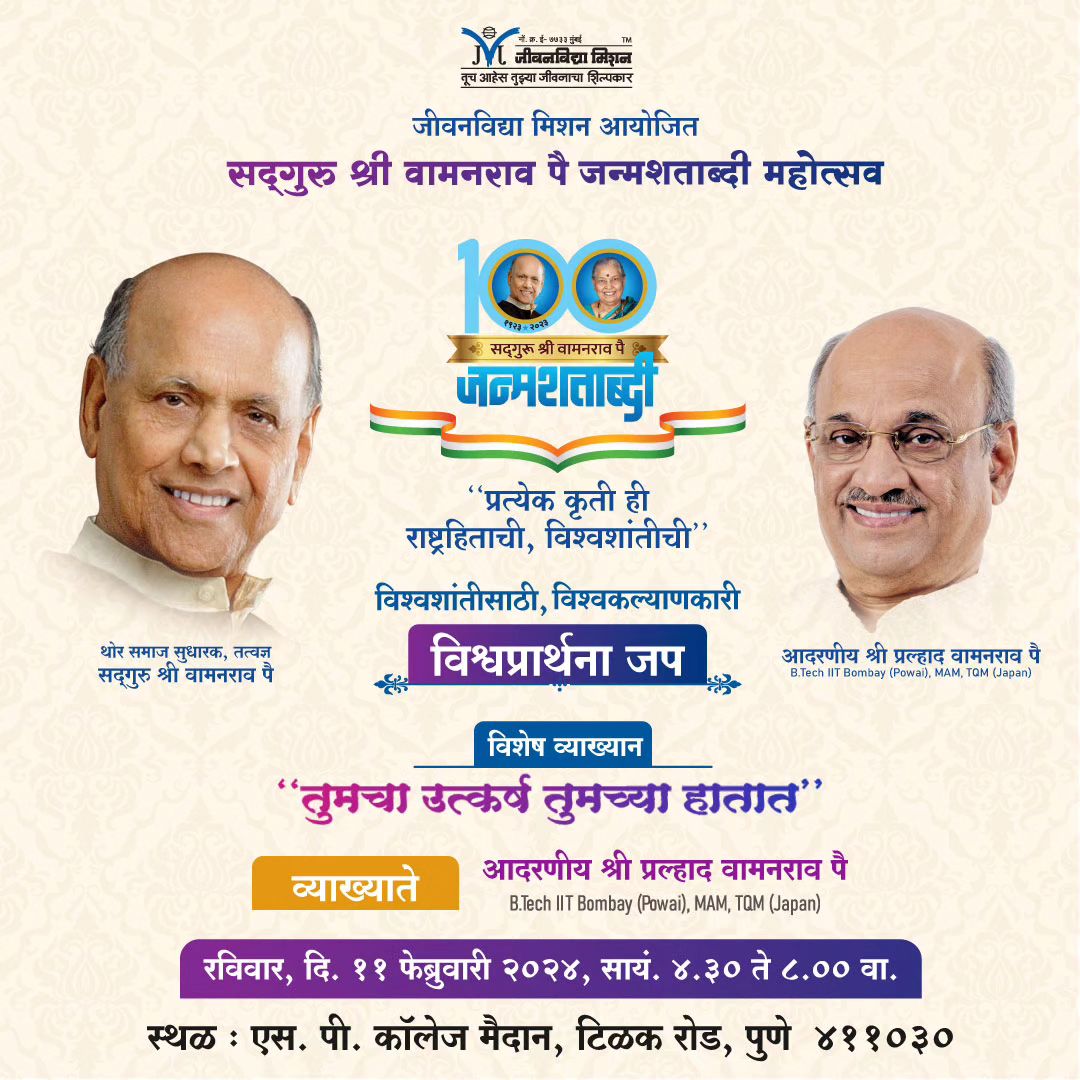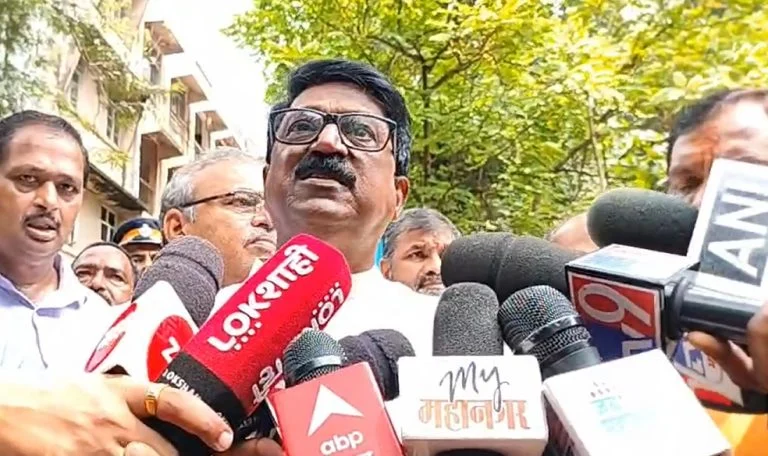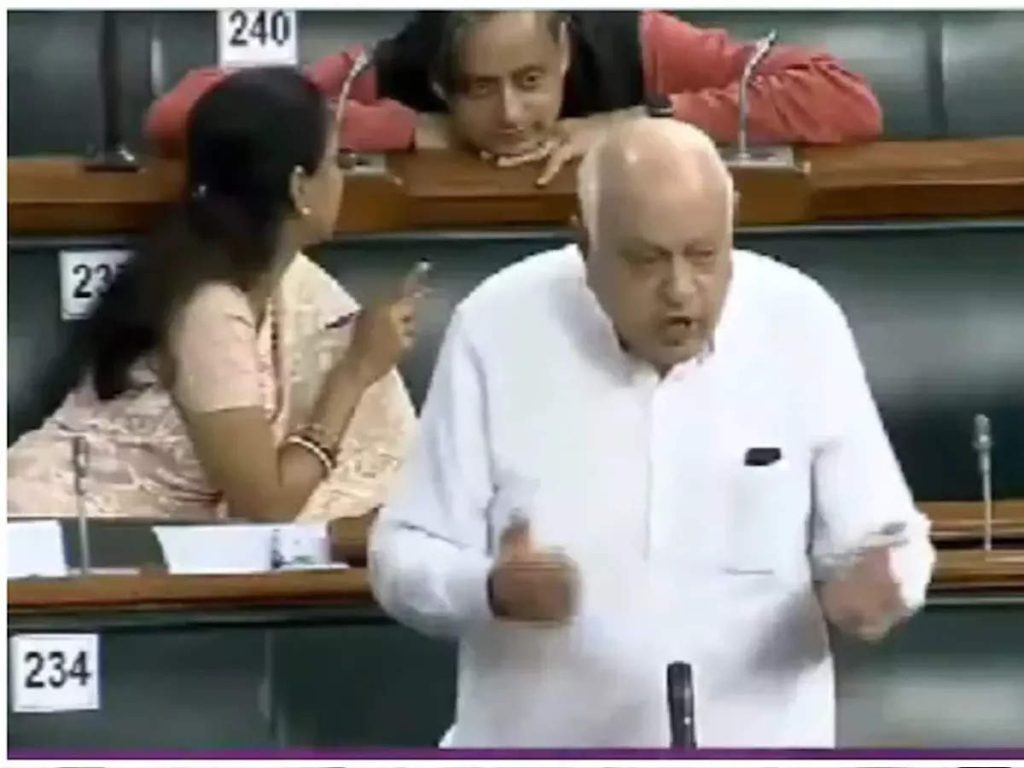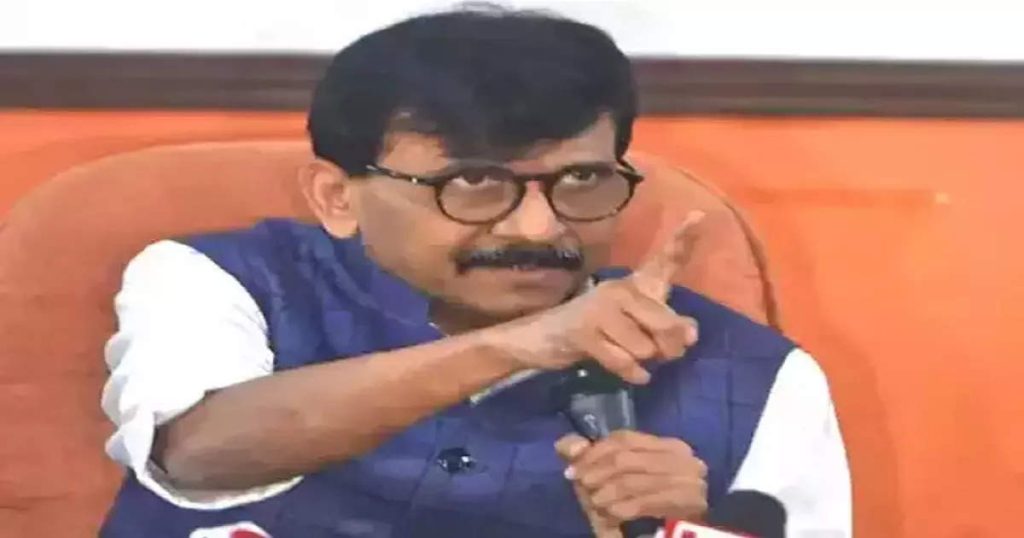Cultural and Historical Significance of Ganesh Chaturthi
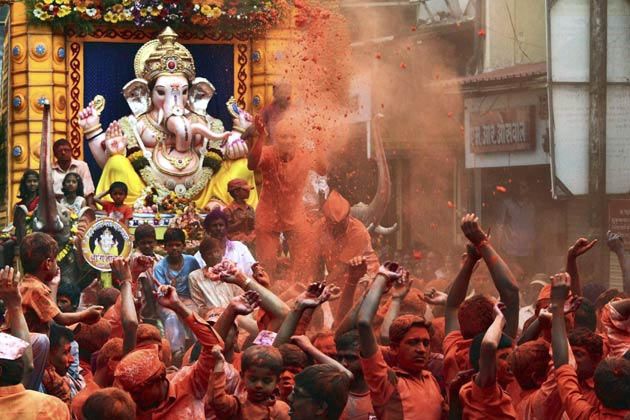
0
Pune. MahaeNews. Special Representative.
Ganesh Chaturthi, otherwise called Vinayaka Chaturthi, is a popular Hindu festival. It celebrates Lord Ganesha’s rise to earth from the highly revered Mount Kailash. He was also accompanied by his revered Mother Goddess, Parvati/Gauri. Contributions and offerings from the daily petitions, which are assigned to the local area from the pandal, include sweets, for example, modaka, as it is accepted as Ganesha’s supreme choice.
The festival closes on the 10th day after its commencement when the symbol is accompanied by music and recitation in a public parade, then, at that time, soaked by a nearby waterway such as a stream or ocean. In Mumbai alone, nearly 150,000 sculptures sink every year. From there the mark of dirt is broken and Ganesha is accepted to return to Parvati and Shiva on Mount Kailash. The festival praises Ganapati as the god of new beginnings. He is also praised as the divine power of wisdom and knowledge as the remover of all obstacles and is revered throughout India, especially in states like Maharashtra, Karnataka, Rajasthan.
Rise of Ganesh Chaturthi festival
However, the Agveda mentions Ganapati in two different verses, without specifying the type of Ganapati in the old style. This is considered to be the earliest mention of Lord Ganesha. It appears twice in the Āgveda. Both of these verses suggest the management of food and being the ruler of conjuring among the Jyeshtas”, while the verse in Mandala 10 expresses that without Ganapati “there is not much or much distance without you”, according to Michael. However, it is doubtful that the Vedic expression Ganapati, which literally means “guardian of the hordes”, refers specifically to the period of Ganesha. In the ancient Puranas Ganesha is depicted as “the divine power of Siddhi, the remover of deterrents”. Past literary translations, archeology and epigraphic evidence suggest that Ganesha became well-known, favored before the eighth century CE, and that various depictions of him can be traced back to the seventh century or earlier.
Ganesh Chaturthi celebration in Hindu culture
Although it is unclear when (or how) Ganesh Chaturthi was first noticed. Despite this, the festival has been freely celebrated in Pune since the time of Shivaji Mahar. Eighteenth-century Peshwa rulers were fans of Ganesha and started public Ganeshotsav in their capital Pune during Bhadrapada’s reign. After the beginning of the British rule, the Ganesh festival lost state support and became a private family festival in Maharashtra until its restoration by Indian political dissident and social reformer Lokmanya Tilak.
As others like Kaur have pointed out, the festival turned into a public event later in 1892 and 1893, when Bhausaheb Lakshman Jawale (otherwise called Bhau Rangari) introduced the first public (public) Ganesha icon in Pune. In XNUMX, the Indian political dissident Lokmanya Tilak in his paper, Kesari, praised the festival of public Ganesh Utsav and tried to send the annual Swadeshi Utsav to a larger, functional public occasion. Tilak considered Ganesha’s appeal as a “god for all” and, according to Robert Brown, chose Ganesha as the god who overcomes “the problem between Brahmins and non-Brahmins”.

